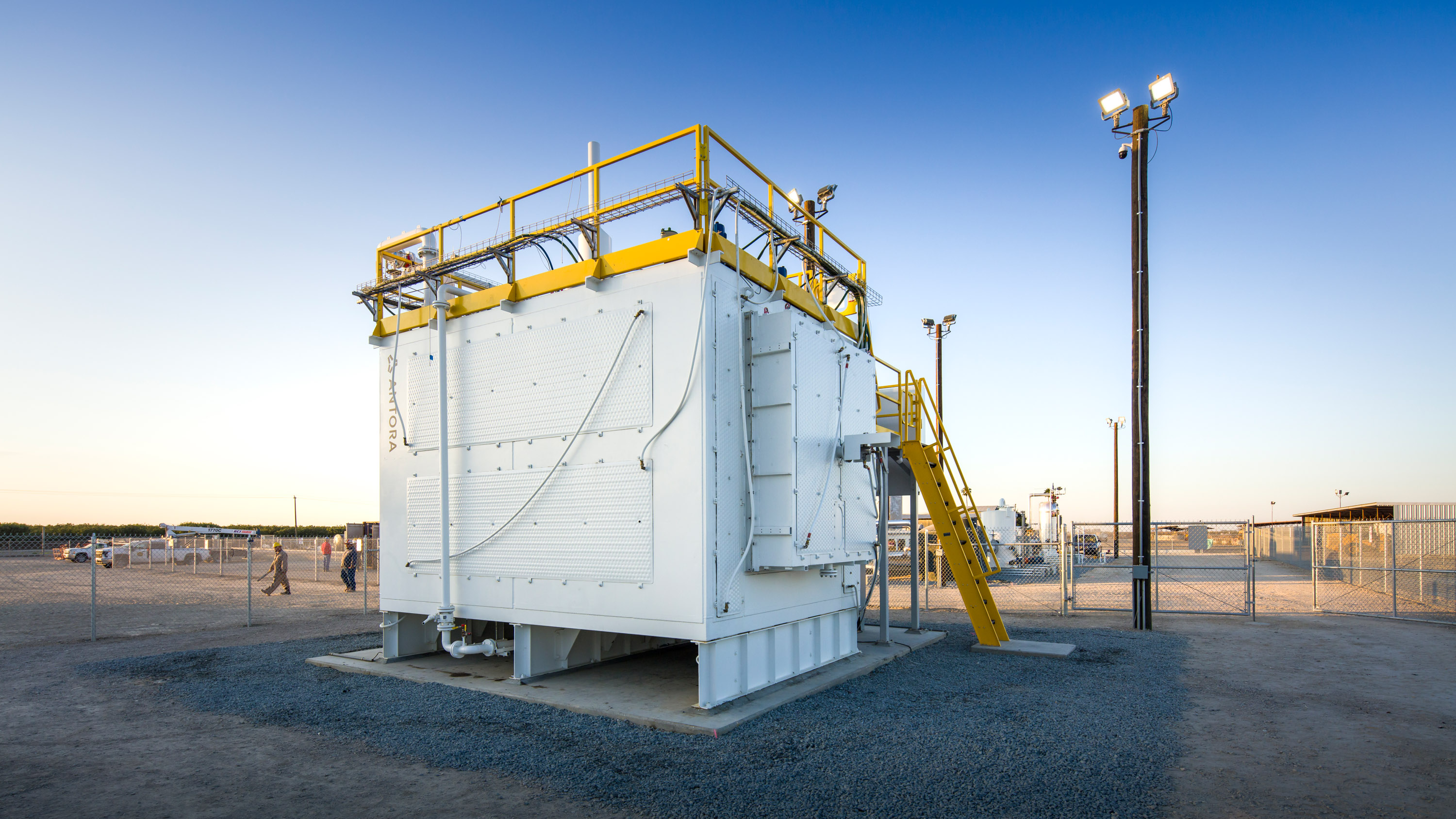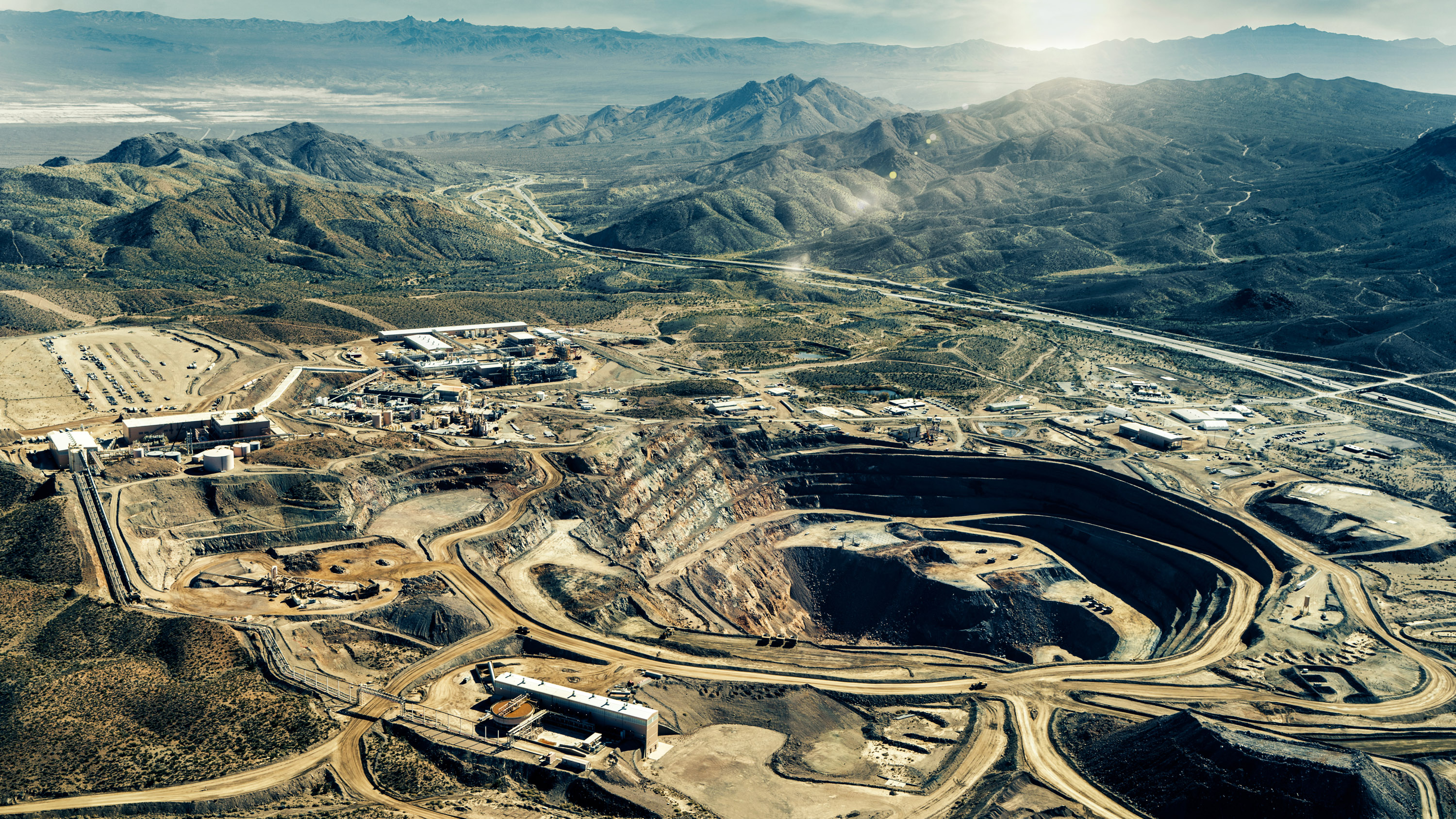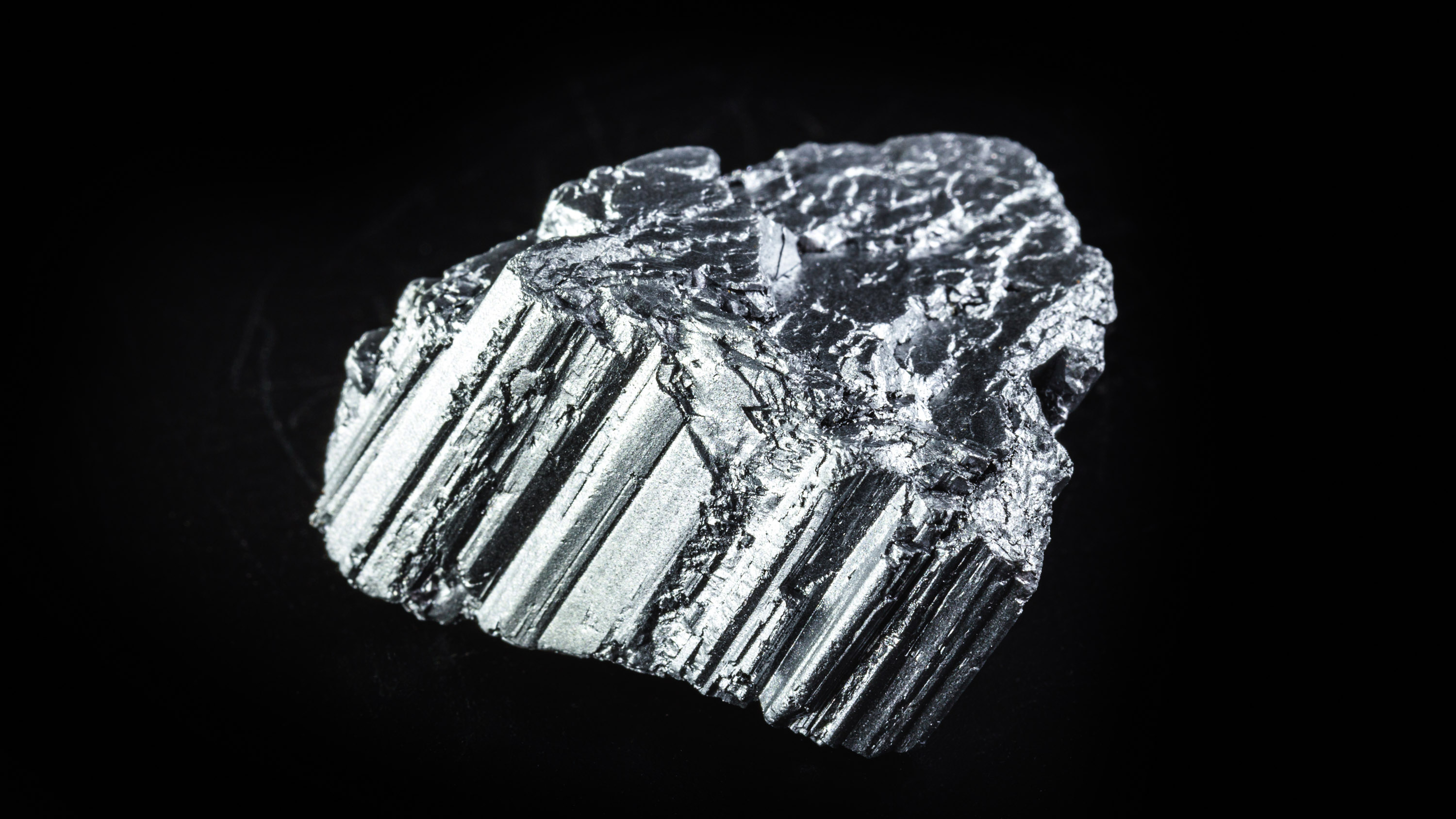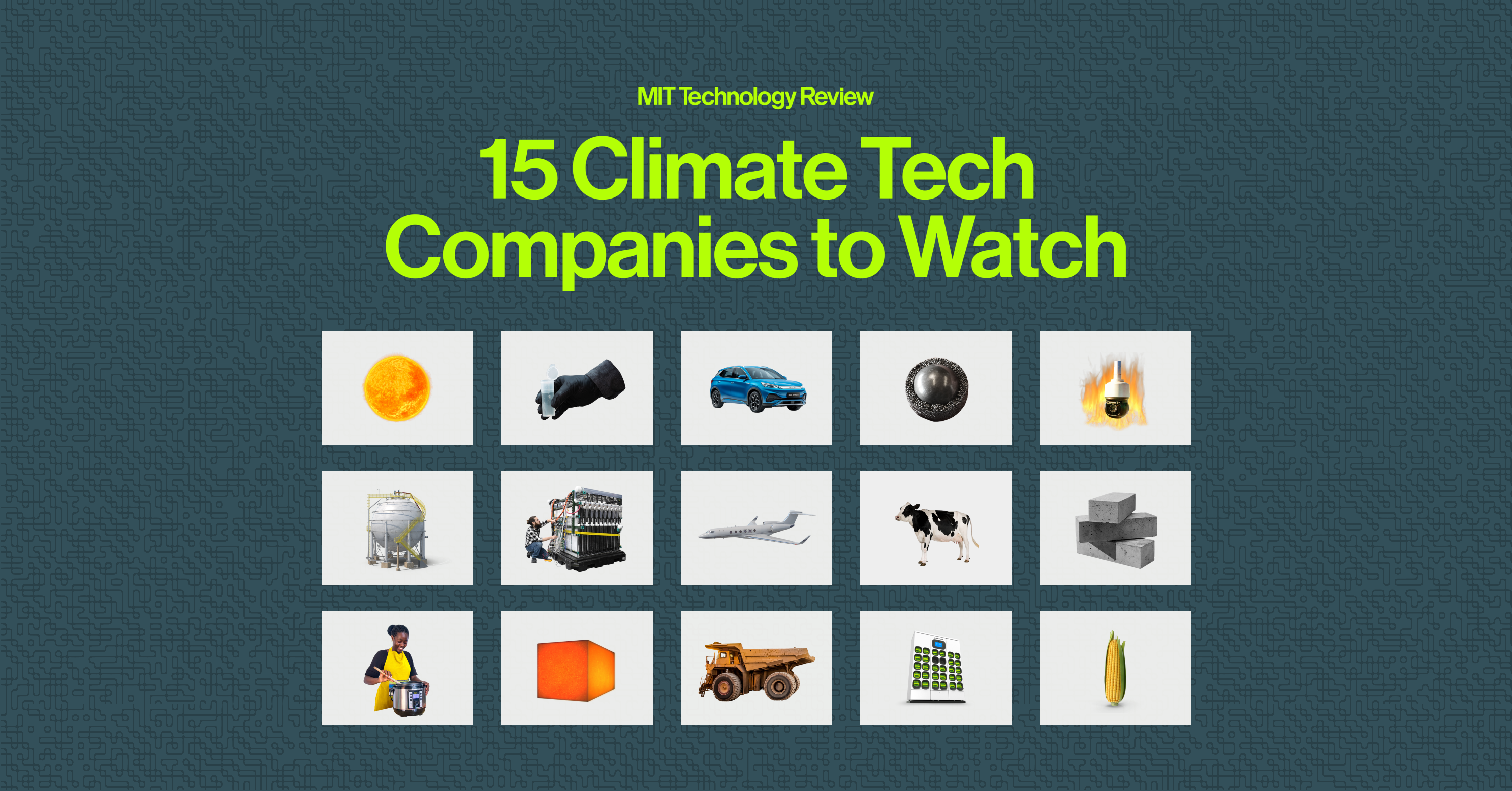Heat-storing batteries are scaling up to solve one of climate’s dirtiest problems
Starting next year, Antora’s new manufacturing plant will produce modular thermal batteries to help decarbonize heavy industries.

Today Antora Energy, a California-based thermal-battery startup, unveiled its plan to build its first large-scale manufacturing facility in San Jose. The announcement is a big step forward for thermal batteries (also known as heat batteries), an industry seeking to become a major player in the energy storage sector.
Antora’s batteries store renewable energy as heat, which can then be used to manufacture industrial products like cement or glass. Producing industrial heat accounts for about 20% of all global energy demand, in part because this process relies heavily on fossil fuels to generate the high temperatures needed to make products. Antora hopes its heat batteries, which are modular and can scale up as needed, will help wean heavy industries off fossil fuels and reduce their carbon footprint.
“This is a huge step for us and the industrial decarbonization space,” says Justin Briggs, a cofounder and chief operating officer of Antora.
Antora’s new factory is set to start producing the modular thermal batteries next year. These batteries will then be shipped to industrial manufacturing sites across the country. The company did not disclose how many batteries it will manufacture at the factory, or who its potential customers are.
The technology behind Antora’s thermal storage is surprisingly simple. Its modular battery system resembles a steel shipping container, filled with blocks of solid carbon—imagine a three-foot-tall, extremely hot cube—capable of remaining very hot for hours or even days.
The batteries draw in power from renewable energy sources such as solar and wind when it is abundant. That energy is used to heat the carbon blocks to temperatures above 1,800 °C, hot enough for heat-hungry industries like steel. These blocks are encased in thick insulation and covered with another layer of steel, so they’re safe to touch even when the materials inside are extremely hot. When needed, the stored heat can be supplied directly or converted into electricity through thermophotovoltaic cells.
Using solid carbon for heat storage has several benefits. Carbon is naturally abundant and cheap to obtain. It can also withstand high temperatures over a long period—Antora asserts that its batteries will last for decades.
As it stands, heat batteries are still a nascent industry. However, there’s a big untapped market and promising potential for growth, says Jeffrey Rissman, a senior director of industry at the San Francisco–based climate think tank Energy Innovation. With the European Union’s emissions trading system and other regulations driving up the cost to produce and sell emissions-heavy materials, “there is a growing interest in how to affordably decarbonize industrial production,” he says.
There are other competing players on the field. Rondo Energy uses a slightly different technology and storage medium to create similar thermal batteries. It already operates a manufacturing facility and recently announced plans to expand production capacity.
Blaine Collison, an executive director at Renewable Thermal Collaborative, a coalition working to decarbonize industrial heat, has closely monitored the heat-battery sector for several years and believes it is “on the verge of substantial initial scaling.”
He says that while there’s no single solution to the massive decarbonization challenge posed by heavy industry, heat batteries are especially valuable because they address multiple issues simultaneously. They alleviate pressure on the grid by storing excess renewable energy while delivering a cleaner source of heat to industries that have historically relied on fossil fuels.
“It’s a simple yet inexpensive technology that can solve many problems,” Collison says. “That’s a win by itself.”
Deep Dive
Climate change and energy

This rare earth metal shows us the future of our planet’s resources
The story of neodymium reveals many of the challenges we’ll likely face across the supply chain in the coming century and beyond.

Andrew Ng’s new model lets you play around with solar geoengineering to see what would happen
The climate emulator invites you to explore the controversial climate intervention. I gave it a whirl.

Want to understand the future of technology? Take a look at this one obscure metal.
Here’s what neodymium can tell us about the next century of material demand.
Stay connected
Get the latest updates from
MIT Technology Review
Discover special offers, top stories, upcoming events, and more.
